Pusher at SimpleWeb Hacknight
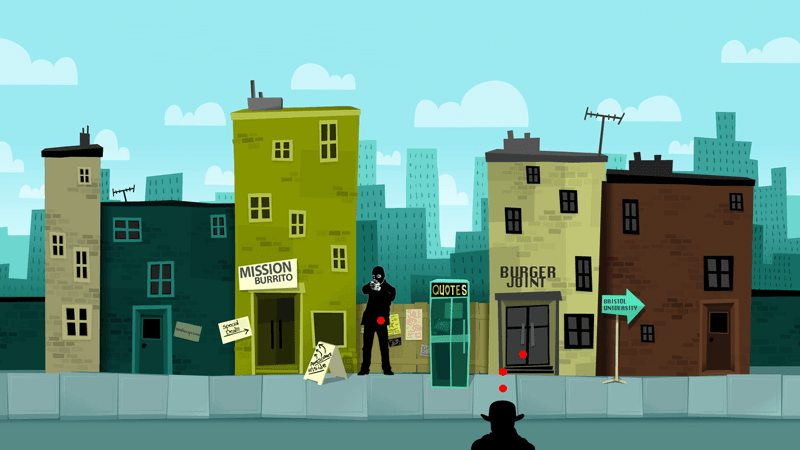
Last week, SimpleWeb, an awesome software agency in Bristol, put on a terrific hacknight. We at Pusher were very proud to be sponsors. The objective was simply to build realtime apps using Pusher within 3 hours. Hamilton and I, Pusher’s two Growth Engineers, attended, adjudicating and helping participants out with all things Pusher related. It \[��…\]
Introduction
Last week, SimpleWeb, an awesome software agency in Bristol, put on a terrific hacknight. We at Pusher were very proud to be sponsors. The objective was simply to build realtime apps using Pusher within 3 hours. Hamilton and I, Pusher’s two Growth Engineers, attended, adjudicating and helping participants out with all things Pusher related.
It was a hugely enjoyable evening. The guys at SimpleWeb did a great job setting up. From the DJ playing music in the one corner, to the tasty food being served up in the other, the atmosphere was fantastic. So many thanks goes out to them for all the effort they put in!
And we can’t forget to mention the participants. Hamilton and I had a lot of fun chatting to everyone and getting feedback about their experience with Pusher, which we certainly took on board, and the hacks were at a very high standard, especially considering that they were put together in only three hours.
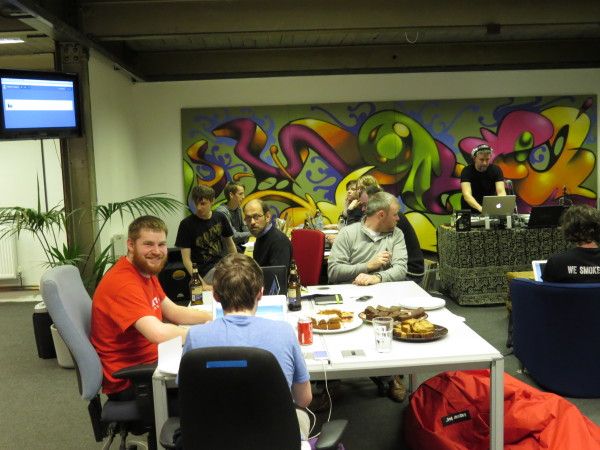
The Hacks
There wasn’t a single hack that wasn’t imaginative and hugely impressive given the time limit. A few took inspiration from their environment and chose to base their work around the theme of music.
‘Plylster’, created by @Kidatart and Jack Barnett, allowed users to add a track to a playlist at parties. It simply required the user to search for and send over a track, and Playlistr used the Soundcloud API to append it to the playlist.
‘Hack the DJ’, by @BenjaminReid, @studioromeo, @DavidDarnes used Pusher to create a realtime voting app that allows a DJ to ask questions to his audience in a club, for instance: ‘Are you liking this track?’. The DJ has a dashboard screen where ask for and get feedback, while dancers can vote on their phone.
Another app that implemented realtime voting was the ‘Popularity Contest’, by Tim Halford. For each round, the user must try to pick the most popular side (arbitrarily: left or right) before the time runs out. Hamilton and I loved its tongue-in-cheek humour, as well as its slick design.
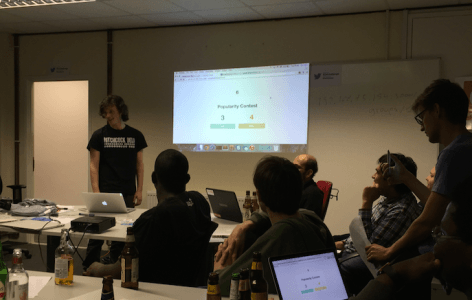
Popularity Contest by Tim Halford
‘TweetFM’ took a different spin on the music theme, and one that was very creative indeed. @innernets created an app that takes Twitter’s streaming API, sends the geo-location data to the client using Pusher, which is then turned into sound. The pitch of the sound is determined by the latitude of the tweet, while the panning is determined by the longitude.
There were two hacks that imaginatively solved a common productivity problem. ‘Feeling Lonely’, by Nic Alpi (@spyou), addressed the question of the loneliness of remote working with an app that enables realtime video chat among colleagues. Nic has since been app to video chat with his colleagues in the office.
Another productivity solution, created by @BethElwell1, @benhull and @nickbloor, was a collaborative drawing app called ‘Whiteboard’. Born out of the frustration of not being able to sketch out thoughts for a colleague, this app used Pusher to synchronize drawings that the users make, or images that they place on the canvas.
@cjonasw, author of a recent guest blogpost about using Pusher for multiplayer 3D games, created a great 3D multiplayer shooting game where users are represented by blocks. You can play it yourself here!
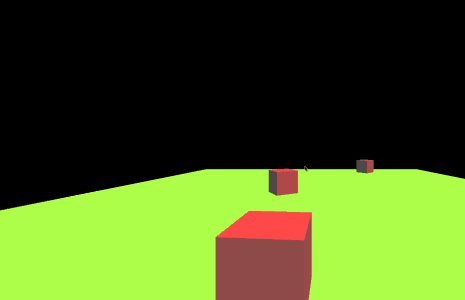
Charlie Walter’s 3D game
Another simple and nicely done game was created by @Denis_Sellu. PusherBreaker added a realtime element to the classic breakout game, controlled by users with the gyroscope of their phones.

PusherBreaker
Third Place: Follow The Music
@CoenAtCM created an awesome app where changes of pitch in music were mapped onto a bar chart. The user, with their phone, could press up or down arrows to guess how the music would change in pitch, and would be represented by a line chart.
Even though it wasn’t quite finished, Hamilton and I thought it deserved extra points for its ingenuity and creative use of data visualisation. It also sounded like an awesome and challenging game to play!
https://youtube.com/watch?v=v_Lh2V1TMfM
Second Place: Gyrofight
@Ben_Allen and @Roarster31 created a fantastic and well-designed two-player ‘shoot ’em up’ game. Using Pusher to synchronize the players in realtime, users could move their persona through the rotation of the phone, while touching the phone to shoot.
Not only did it look fun to play, but we had to give extra points for the nifty CSS animations and great design, which you can find as the featured image of this blog post.
First Place: Push For Pusher
At the moment, Pusher makes in-app notifications a cinch, but what if you want to send a native push notifications? ‘Push for Pusher’, built by @labfoo and @chickenstudios, provides an easy-to-use middle-service to register your Pusher account details and create APN channels that listen to Pusher events.
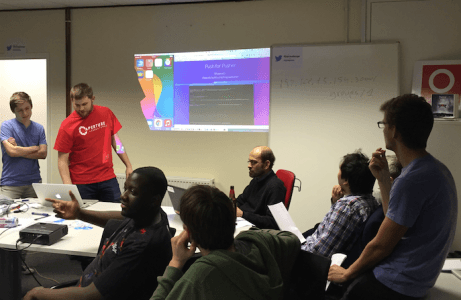
Push For Pusher. Image courtesy of SimpleWeb.
It was due to a mixture of the simple and stylish interface, the architecture of a solution that solved a common problem, and how it made the link between Pusher events and push notifications seamless, that we had to give it first prize.
However – at the expense of seeming to regurgitate an old cliché – any one of the hacks could have won. Thanks again to the guys at SimpleWeb, and everybody who made it such a fun night to be a part of!